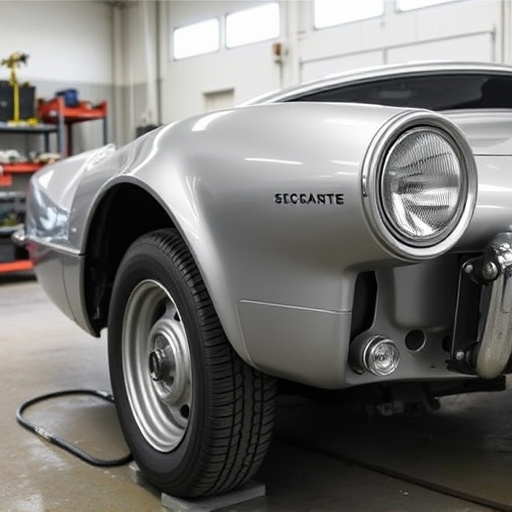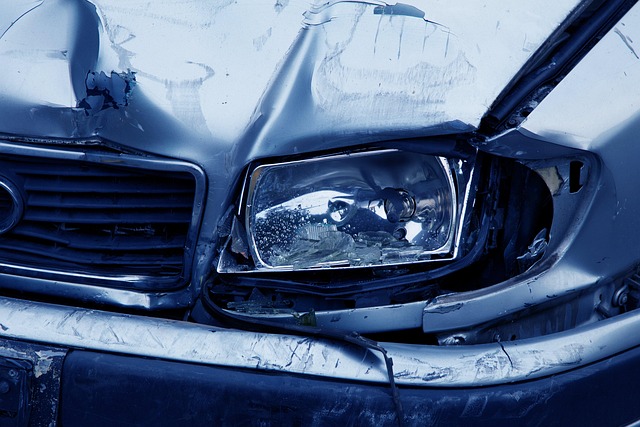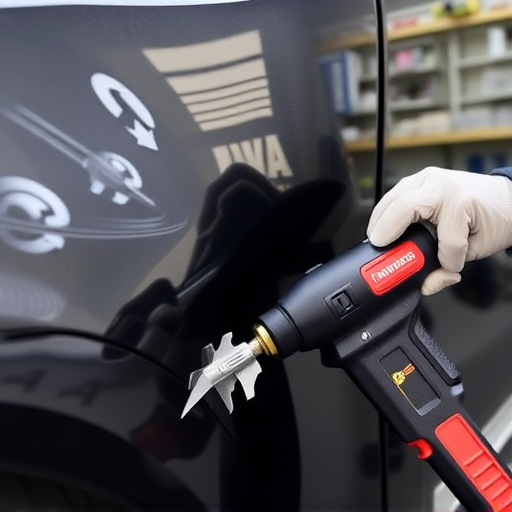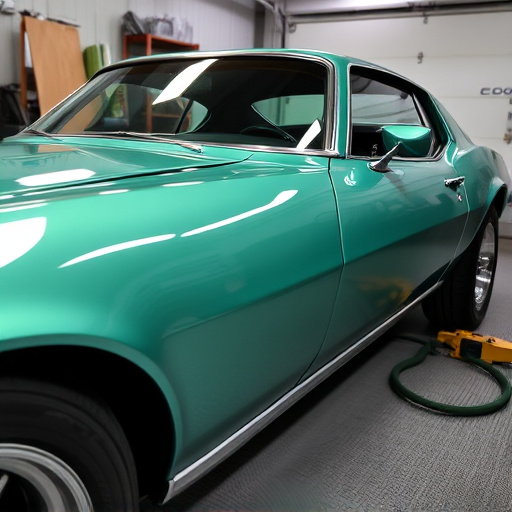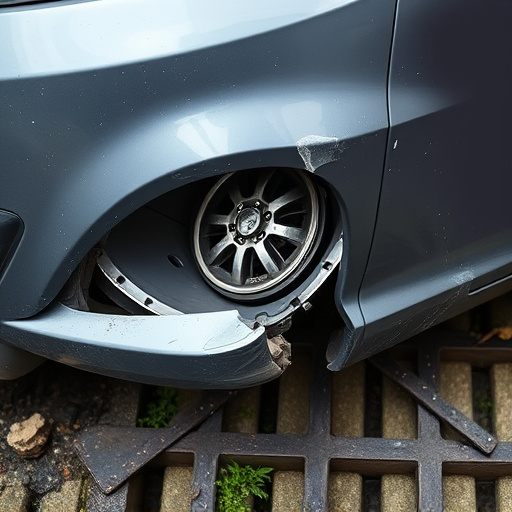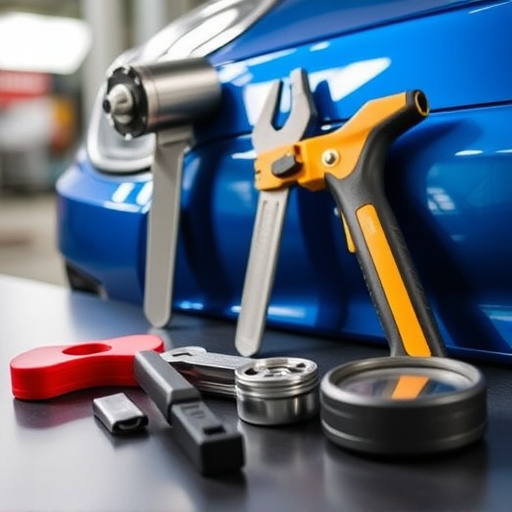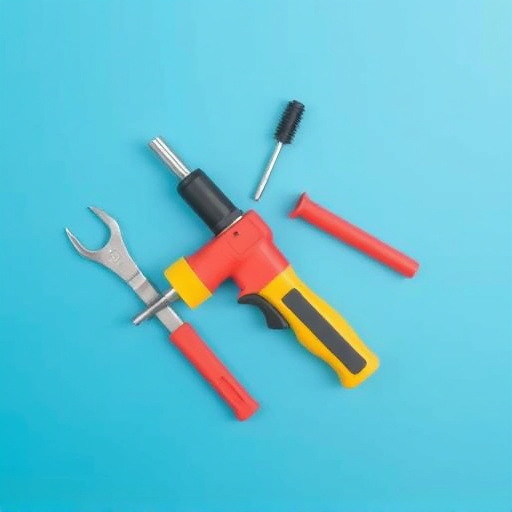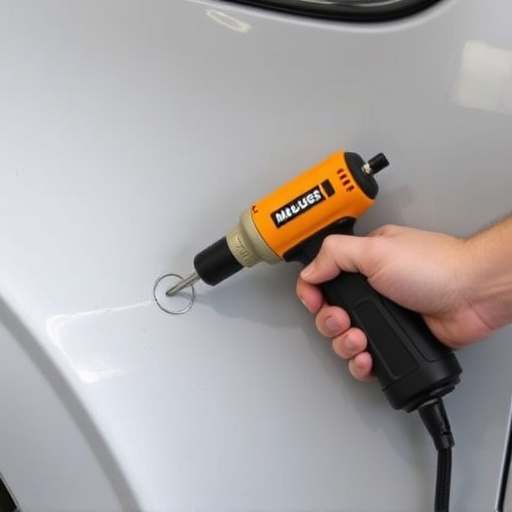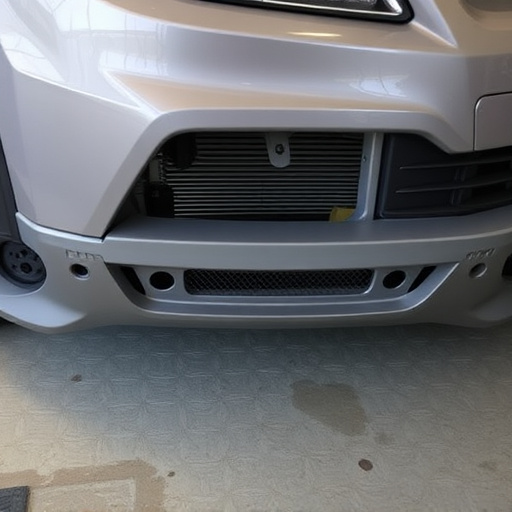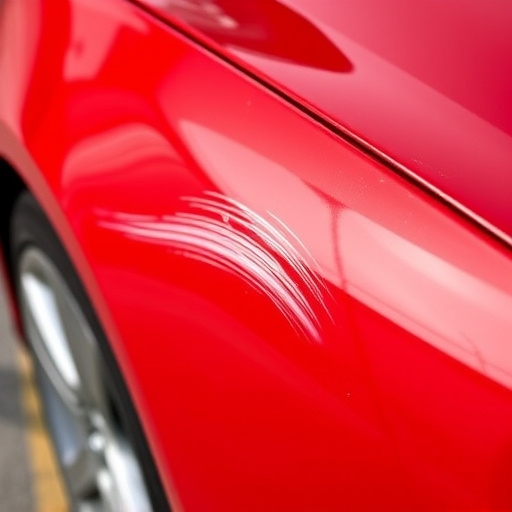After a car accident, thoroughly inspect for suspension damage, such as uneven tire wear, vehicle pulling to one side, or excessive body roll. Seek professional suspension repair services from skilled collision center technicians who can diagnose and fix damaged components like shocks, struts, control arms, and springs. Prompt action ensures safe and reliable vehicle operation, optimal handling, stability, comfort, and performance following an accident.
After a car accident, your vehicle’s suspension system may suffer damage, impacting safety and handling. Recognizing common symptoms is crucial for prompt action. This article guides you through identifying and addressing issues with your car’s suspension post-accident. We’ll explore evaluation steps, from assessing damage to understanding repair options, including replacement. By the end, you’ll be equipped to ensure your vehicle’s safety and stability on the road, focusing specifically on effective suspension repair after an accident.
- Recognizing Common Suspension Issues Post-Accident
- Evaluating Damage: Steps for Suspension Repair
- Restoring Safety: Options for Replacing Suspensions
Recognizing Common Suspension Issues Post-Accident
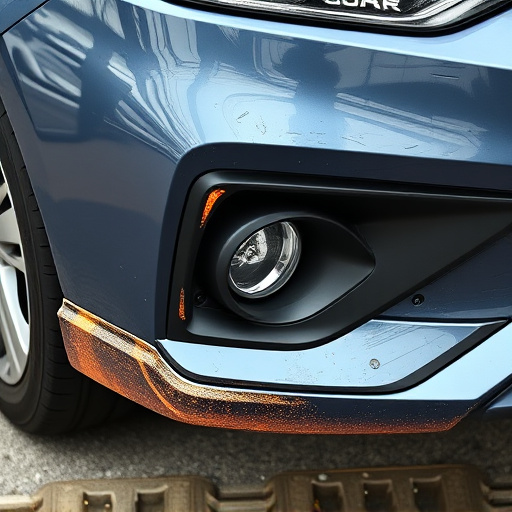
After a car accident, it’s crucial to recognize potential suspension issues that may have arisen. Common symptoms include handling abnormalities, such as uneven tire wear, vehicle pulling to one side, or excessive body roll during turns. These problems can indicate damaged or misaligned suspension components like shocks, struts, control arms, and springs.
Many collision centers offer comprehensive suspension repair services to address these issues effectively. Technicians skilled in diagnosing post-accident damage will inspect the suspension system, identifying parts that require replacement or realignment. Unlike minor scratches or dent repairs, significant suspension damage often necessitates professional attention to ensure safe and reliable vehicle operation following an accident.
Evaluating Damage: Steps for Suspension Repair
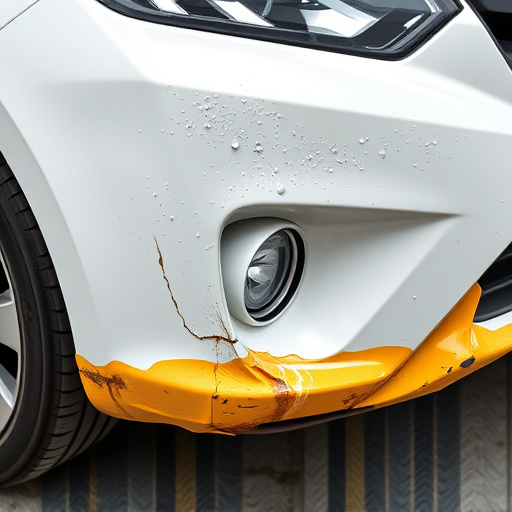
After a car accident, evaluating the extent of damage to your vehicle’s suspension is crucial before considering suspension repair after accident. The first step involves a thorough inspection to identify any visible signs of harm. Look for deformities, cracks, or misalignment in the suspension components such as shock absorbers, springs, control arms, and struts. Even if there are no obvious physical damages, subtle changes in handling or a wobbly ride could indicate a problem that requires attention.
If damage is suspected, it’s best to consult with a professional mechanic who can perform fleet repair services tailored for your vehicle. They will assess the situation, diagnose specific issues, and recommend suitable suspension repair after accident. This might involve replacing damaged parts, realigning components, or adjusting settings to restore optimal vehicle performance and safety. Remember, proper suspension system functionality is vital for both a comfortable ride and effective braking and steering control, especially during adverse weather conditions or on challenging road surfaces.
Restoring Safety: Options for Replacing Suspensions

After a car accident, it’s crucial to address any damage, including potential issues with your vehicle’s suspension system. Restoring safety and proper functionality is essential for your peace of mind and driving experience. If you suspect a suspension repair after an accident is needed, don’t delay in seeking professional help from a trusted collision repair shop or automotive repair services provider.
A skilled team at a collision repair center can assess the extent of the damage and offer tailored solutions. They employ advanced techniques and tools to replace or repair suspension components, ensuring your vehicle returns to its optimal state. These experts understand that a well-functioning suspension is vital for handling, stability, and passenger comfort, so they prioritize accuracy and quality in their work.
After a car accident, it’s crucial to recognize potential suspension damage as it significantly impacts vehicle safety and handling. By understanding common issues and evaluating the extent of the harm, you can take informed steps toward effective suspension repair or consider replacement options. Prompt action ensures not only the restoration of your vehicle’s safety but also enhances its overall performance and reliability on the road. Remember, a well-maintained suspension is key to a smooth and secure driving experience.


